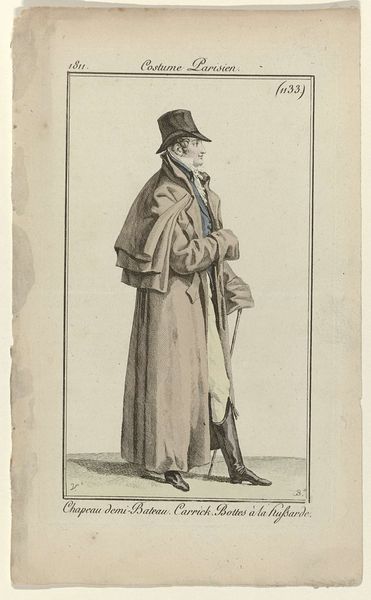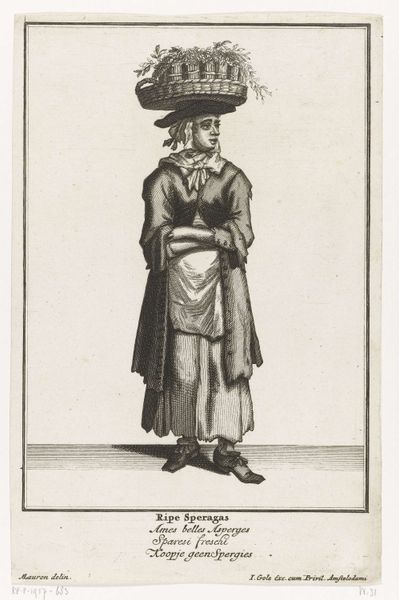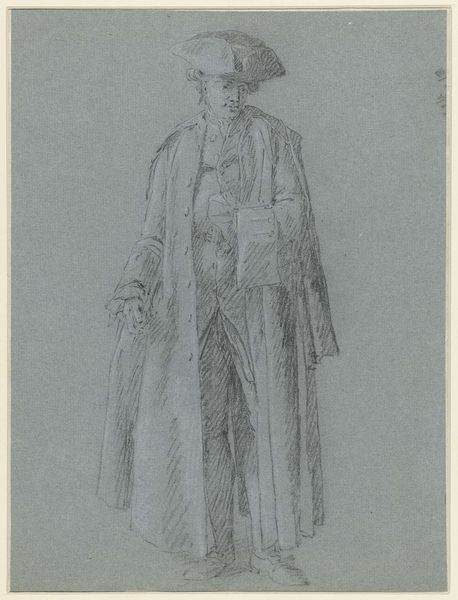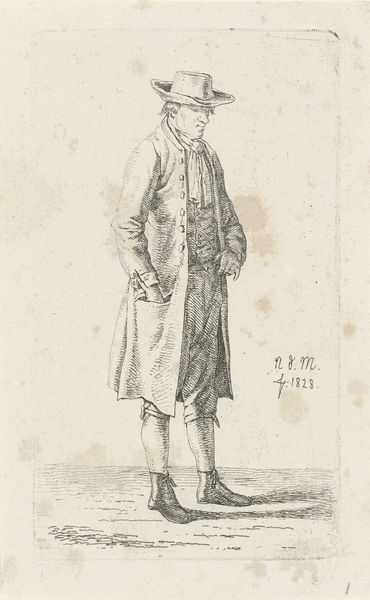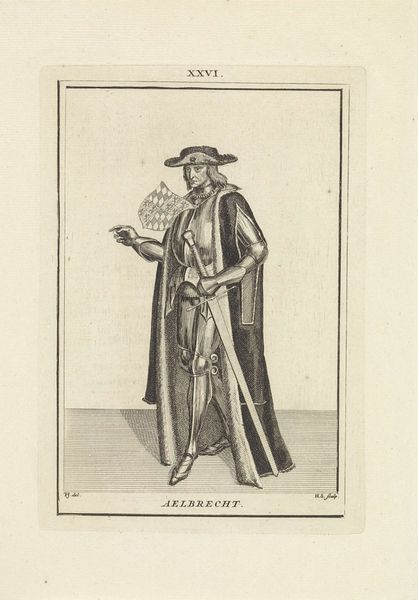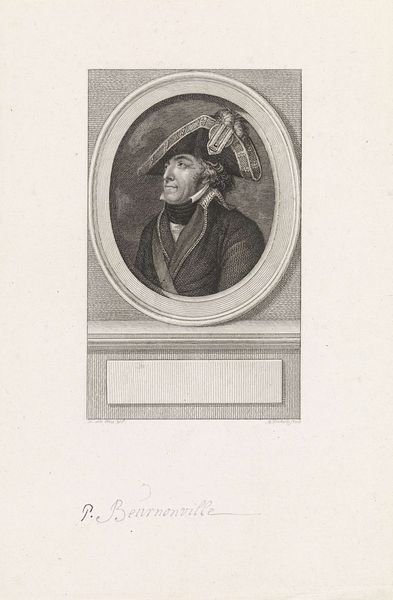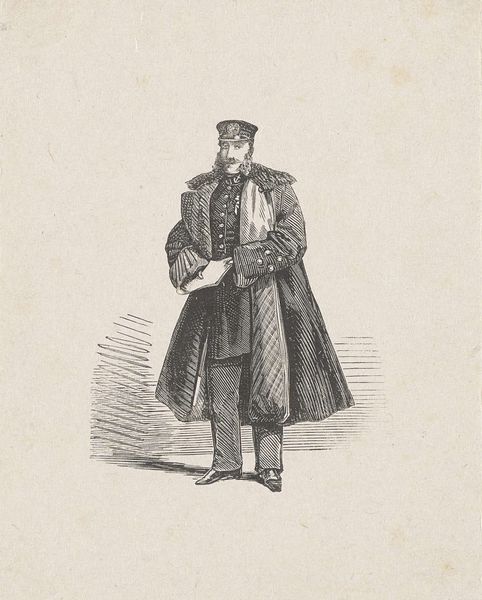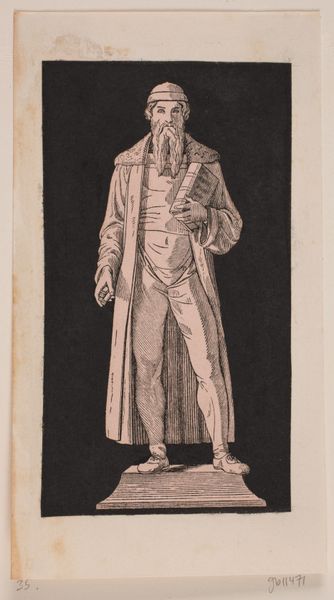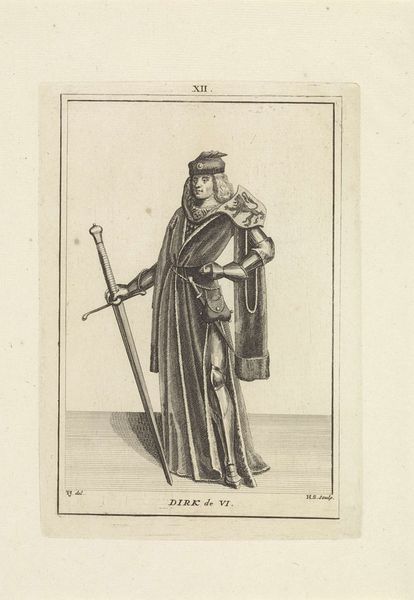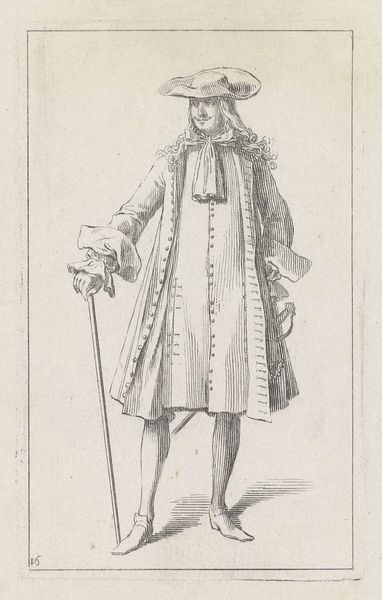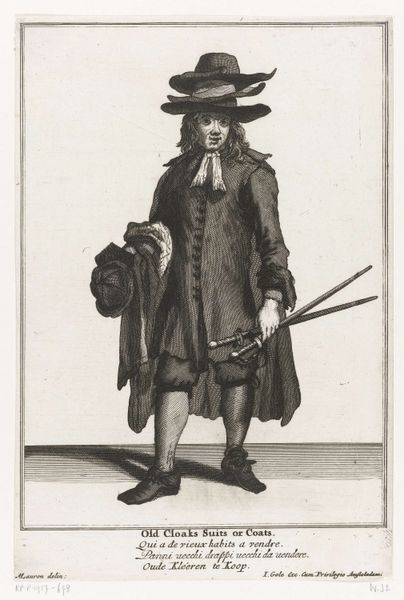
drawing, pencil
#
portrait
#
pencil drawn
#
drawing
#
pencil sketch
#
pencil drawing
#
pencil
#
sketchbook drawing
#
pencil work
#
genre-painting
#
history-painting
#
academic-art
#
realism
Dimensions: height 273 mm, width 180 mm
Copyright: Rijks Museum: Open Domain
Editor: We're looking at a pencil drawing, "Leidse jonge doctor met zwarte toga en erepenning," dating back to 1775, now held at the Rijksmuseum. The precision in the pencil strokes, particularly in depicting the textures of the gown and the subject's hair, really strikes me. What elements of the composition stand out to you? Curator: Primarily, the formal arrangement is compelling. The figure is centrally positioned, fostering a sense of equilibrium. Note the tonal gradations achieved purely through pencil work; how skillfully light and shadow define the subject’s form and costume. The intricate details of the lace collar and the ceremonial medal provide visual interest. How do you interpret the interplay between these textures and forms? Editor: I'd say the contrast between the delicate lace and the heavy folds of the toga draws your eye around the piece, showcasing both detail and scale, but doesn't it feel somewhat restrained? There’s a certain flatness to the overall image, especially in the background. Curator: The absence of background indeed focuses our attention. The formal elements – line, tone, texture – constitute the artistic statement. We should consider the interplay between the flatness you observe and the artist’s rendering of three-dimensionality in the subject’s figure. This contrast activates our visual interpretation, don’t you think? Editor: I see what you mean; that tension creates depth despite the limited shading. I never thought of flatness contributing to the form itself. Curator: Exactly. A close analysis reveals artistic choices impacting how we perceive space and form. Such insights alter one's understanding and appreciation, wouldn't you agree?
Comments
No comments
Be the first to comment and join the conversation on the ultimate creative platform.
